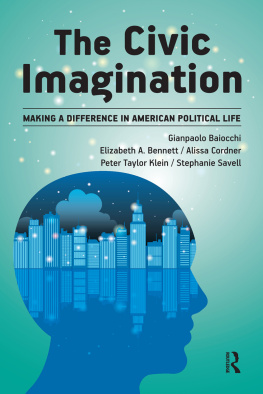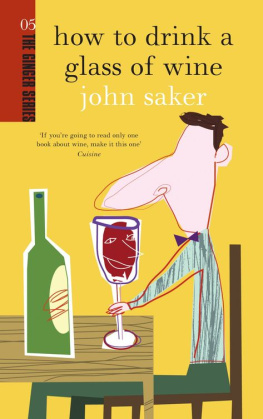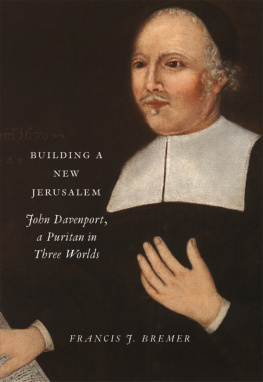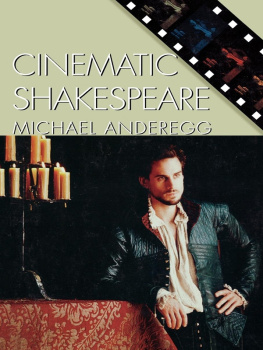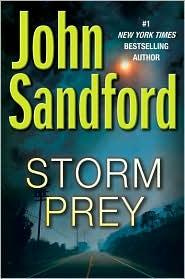THE GUY DAVENPORT READER
ALSO BY GUY DAVENPORT
COMMENTARY
THE INTELLIGENCE OF LOUIS AGASSIZ
THE GEOGRAPHY OF THE IMAGINATION
EVERY FORCE EVOLVES A FORM
A BALTHUS NOTEBOOK
CHARLES BURCHFIELDS SEASONS
CITIES ON HILLS: EZRA POUND'S CANTOS
THE DRAWINGS OF PAUL CADMUS
THE ILIAD: A STUDY GUIDE
THE ODYSSEY: A STUDY GUIDE
THE HUNTER GRACCHUS
FICTION
TATLIN!
DA VINCIS BICYCLE
ECLOGUES
APPLES AND PEARS
THE JULES VERNE STEAM BALLOON
THE DRUMMER OF THE ELEVENTH NORTH
DEVONSHIRE FUSILIERS
A TABLE OF GREEN FIELDS
THE CARDIFF TEAM
THE DEATH OF PICASSO
TWELVE STORIES
POETRY
FLOWERS AND LEAVES
THASOS AND OHIO
TRANSLATIONS
CARMINA ARCHILOCHI
SAPPHO: SONGS AND FRAGMENTS
HERAKLEITOS AND DIOGENES
THE MIMES OF HERONDAS
MAXIMS OF THE ANCIENT EGYPTIANS
THE LOGIA OF YESHUA (WITH BENJAMIN URRUTIA)
SEVEN GREEKS
The
GUY DAVENPORT
READER
Edited and with an Afterword by Erik Reece
COUNTERPOINT
BERKELEY
Copyright Estate of Guy Davenport 2013
All rights reserved under International and Pan-American Copyright Conventions. No part of this book may be used or reproduced in any manner whatsoever without written permission from the publisher, except in the case of brief quotations embodied in critical articles and reviews.
LIBRARY OF CONGRESS CATALOGING-IN-PUBLICATION DATA
Davenport, Guy.
[Works. Selections]
A Guy Davenport reader / Guy Davenport ; edited by Erik Reece.
pages cm
ISBN 978-1-61902-252-2
I. Reece, Erik, editor of compilation. II. Title.
PS3554.A86A6 2013
818.5409dc23
2013014418
Cover design by Jeff Clark
Interior design by VJBScribe
COUNTERPOINT
1919 Fifth Street, Berkeley, CA 94710
www.counterpointpress.com
Distributed by Publishers Group West
10 9 8 7 6 5 4 3 2 1
We gratefully acknowledge the original publishers of the pieces herein: The Aeroplanes at Brescia, Robot, and Herakleitos, Tatlin!, Charles Scribners Sons, 1974; The Richard Nixon Freischatz Rag, The Hawaii Review, 1975; A Field of Snow on a Slope of the Rosenberg, The Georgia Review, 1977; The Death of Picasso, The Kenyon Review, 1980; Bronze Leaves and Red, Trois Caprices, Pace Trust of Louisville, KY, 1981; A Gingham Dress, The Drummer of the Eleventh North Devonshire Fusiliers, North Point Press, 1990; Jonah, Nadja Press, 1986; Gunnar and Nikolai, And, and The Concord Sonata, A Table of Green Fields, New Directions, 1993; Belindas World Tour, The Santa Monica Review, 1990; August Blue, Antaeus, 1990; Boys Smell Like Oranges and Veranda Hung with Wisteria, The Cardiff Team, New Directions, 1996; The Geography of the Imagination, The Geography of the Imagination, North Point Press, San Francisco, 1981; The Symbol of the Archaic, Perspective and The Georgia Review, 1974; Finding, Antteus, 1978; Ralph Eugene Meatyard, Aperture, 1974; Hobbitry, The New York Times, 1979; The Hunter Gracchus, The New Criterion, 1996; On Reading, Antaeus, 1987; Spinozas Tulips, Perspective; A Letter to the Masterbuilder, AIA: Journal of the American Institute of Architects, 1987; What Are Revolutions? The Hunter Gracchus, Counterpoint, Berkeley, 1996; The Medusa, A Geography of Poets, Bantam Books, New York, 1979; The Resurrection in Cookham Churchyard, Poetry, 1967; translations of Archilochos and Sappho, Archilochos Sappho Alkman, University of California Press, 1980; translations from Anakreon, Conjunctions, 1984; translation of Herakleitos and Diogenes, Herakleitos and Diogenes, Grey Fox Press, San Francisco, 1979; translations of the first Duino Elegies, Apples and Pears, North Point Press, Berkeley, 1984; Journal I, Antaeus; Journal II, Taking Note: From Poets Notebooks/The Seneca Review.
For Bonnie Jean Cox
CONTENTS
GUY DAVENPORT WAS, I WOULD ARGUE, THE FINEST PROSE STYLIST and most protean craftsman of his generation. He drew at once upon the most archaic and the most modern of influences to create lush experiments that often defy classification. And woven throughout that body of work is a radical and coherent philosophy of desire, design, and human happiness. Yet in some ways, Guy Davenports reputation preceded him at the expense of the work upon which that reputation was built. That is to say, Davenports writing was often thought to be so densely experimental and allusive, so disarmingly erudite that many readers never gave it, or themselves, a chance. And while Davenport could certainly be difficult both in his work and in his life he was much more than that. He was, for one thing, a wildly comic writer, and for another, a moving eulogist. He was a humanist and a moralist who believed that literature could encourage the best in a culture and stave off the worst.
Guy Davenport published many collections of stories, essays, translations, and poetry, but never has his writing in all of these genres been brought together until now. That is one reason for The Guy Davenport Reader. Another reason is to make an argument for the extraordinary range and even, yes, the accessibility of this remarkable writer. A final reason is to keep Davenports name and his work in front of the reading public seven years after his death from lung cancer. To pass over the experiments and insights, the beauty and acumen that lay at the heart of Guy Davenports writing is to miss a great deal.
Davenports translation of a Heraclitean fragment reads: The most beautiful order of the world is still a random gathering of things insignificant in themselves. He saw something of this ancient advice in cubist painting and collage, as well as in Ezra Pounds insistence on ideogrammic composition, whereby disparate elements are held together by an integrated, unseen field of force. As a result, Davenports own short stories were highly influenced by this modernist impulse to assemble elements that one would not otherwise think belong together. Those experiments are on display here (The Concord Sonata, Gunnar and Nikolai), but so are more traditional narratives, biblical updates, an epistolary story, and Davenports constant reworkings and reweavings of history.
In his essays, Guy ranged from a rigorous scholar (The Symbol of the Archaic, The Hunter Gracchus) to a cultural critic (A Letter to the Masterbuilder, What Are Revolutions?) to an avuncular raconteur (Finding, Ralph Eugene Meatyard) and the ten essays presented here demonstrate the ease and eloquence with which he made those moves.
Davenport had been reading Greek since his days at Oxford in the 40s, and his translations are at once trustworthy and made familiar to modern ears through his own idiomatic lens (such as when he hears Sappho say, You make me hot). Davenports translation of Rilkes First Duino Elegy is like no other in English, primarily because he filtered it first through the Dutch of his fictional philosopher Adrian von Hovendaal.
I have tried to capture in this compendium the breadth of Davenports oeuvre by including stories and essays from his first collections, Tatlin! and The Geography of the Imagination respectively, and his last collections: The Cardiff Team and The Hunter Gracchus.
Also gathered here are two poems the irresistible Resurrection in Cookham Churchyard and a fine imitation of Marianne Moore, The Medusa as well as selections from the handwritten journals he kept throughout his life.
Next page

